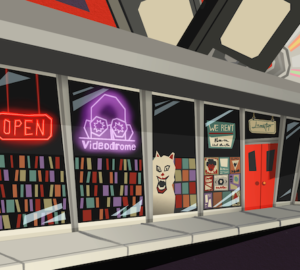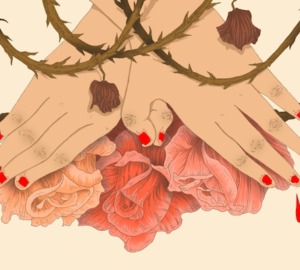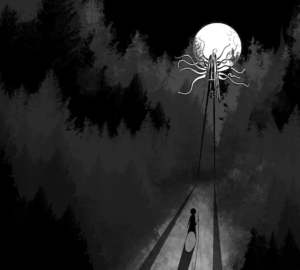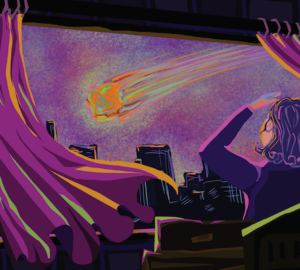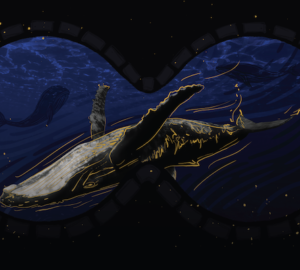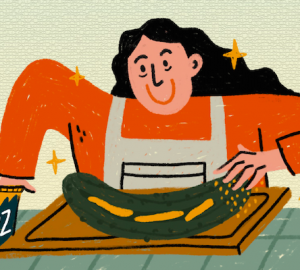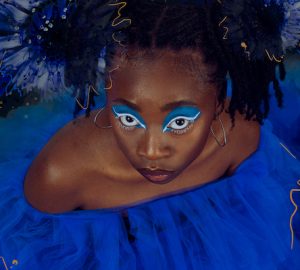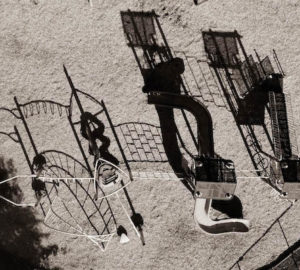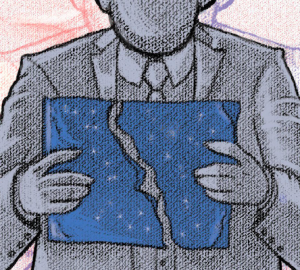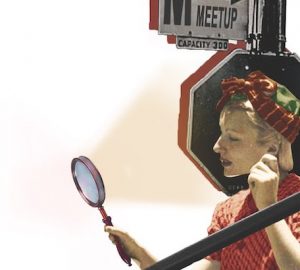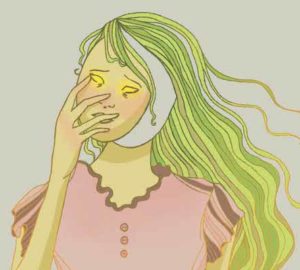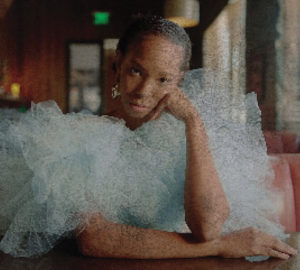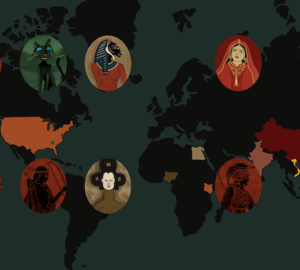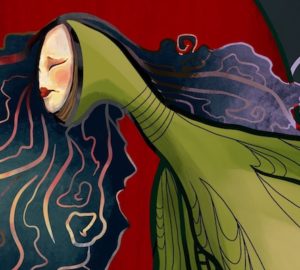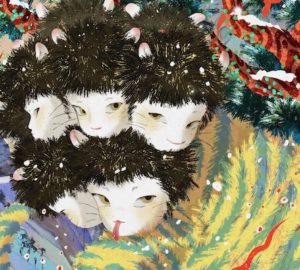Written by Rachita Vasandani
Illustrated by Katsy Garcia

Over the past decade, creativity and art have become seen as a sensible career path instead of something to be mocked. Industries like advertising, graphic design, motion media and many others have propelled the image of the artist to one of intelligence, sensibility and innovation — crazy hair color and weird outfits be damned.
Artists who have taken steps to secure a successful career want to do just that: land a job, work, retire, the end. SCAD students survive four-plus years of hard work, deadlines and high standards to be the best at what they do and make a mark on the industry they choose to pursue. They pop out of the SCAD incubation chambers ready to be the next Pablo Picasso or Wes Anderson.
But, what if you’re just not into that? What if you just wanted to take time to focus on applying your love for the creative arts without having to worry about finding a job or getting fired? What if you want to learn about interesting new things from someone who’s been in your shoes? The thing about art is that it doesn’t follow a singular path, it deviates to find creativity beyond the norm.
Explore three alternative pathways to pursuing your passion: artistic residencies, creative grants and mentorships.
Artistic Residencies
Artist-in-residence programs give creatives the opportunity to live and work outside of their usual environments, providing them with time to reflect and produce work. Artists are encouraged to try new things and go beyond what they already know, to take the opportunity to explore themselves and their artistic boundaries.
SCAD alumnus Gibron Shepperd has been involved in an incubator program run by C4 Atlanta. When asked about the best part of being involved in a residency, Shepperd said it “offers [a] supportive network; a place you can go and tap into resources and ask questions. It helps me think about aspects of my artistry or company that I hadn’t previously considered.”
Every residency is different. Some require full funding to be provided by the artist, others cover everything from travel to accommodation as well as offer generous stipends, equipment and studio spaces. Similarly, the duration of a residency can vary, although they typically range from several months to a year. Applications require artists to submit a project proposal, résumé and letter of motivation or similar documentation.
Creative Grants
Creative and envisioning art can be expensive. Not only are supplies often hard to find and priced ridiculously, but trying to follow your dreams while jobless can be financially taxing. It’s often a burden to pursue your art, but many patrons of the art hold these choices in high regards.
Essentially free money, grants are a great way for artists to supplement their income with as they often do not come with restrictions. They can be used to pay for materials, studio space or even rent, allowing artists to create without the pressure of bills. This provides the freedom to work in an unrestricted manner and dedicate time to being fully creative.
Much like a residency, there is an application process for grants. Typically, grant committees will want to see your work and an artist statement about why you need a grant, what you intend to use it for and your plans toward the future. Ensure that yours is as clear and concise as possible and up-to-date with all the information about your practice. You want to show exactly how your work is worth investing towards. Therefore, pay attention to those SCAD portfolio classes, because they’ll come in handy with this opportunity
Mentorship
Mentors are hardly anything new — throughout history, young artists have worked as apprentices to the “masters” of their craft. Recent SCAD graduate and renowned painter Daniel Byrd looked back to his jack-of-all-trades mentor in high school. “She didn’t necessarily mentor me on how to literally paint but she translated an energy that turned me into a go-getter,” he explained.
Nowadays, mentors are more like interdisciplinary advisors from diverse backgrounds who serve as valuable guides for creatives and young artists. They help mentorees adapt and succeed in a rapidly changing economy by providing insight into their own mistakes and accomplishments. They’re able to cut out some of the obstacles one may run into when going into the field for the first time.
“When looking mentors you don’t need to be too literal, find someone with a drive that inspires you,” advises Byrd. “When I talk about my work and who inspires me I always say it’s usually not other artists. What inspires me most is watching how other people go about completing any given task whether it’s a scientist, a salesman or even a janitor. We all have our own mark, it’s how people utilize it.”


